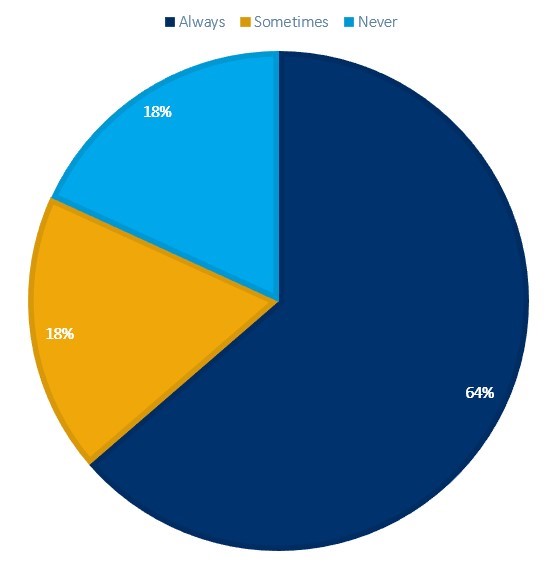CCC connected with Leslie Lansman, Global Permissions Manager at Springer Nature, based in the UK, for her perspective on this reader question. Leslie’s reply follows below.
Whether you create a digital copy or redraw a piece of content by hand, you are making a reproduction of someone else’s work. It is a false myth that you can ‘escape’ copyright by changing a few things around. Whenever you copy a work, or any portion of a work, whether it’s a figure, table, text extract, or audio/visual content, you have to deal with copyright guidelines. Adding, changing, or deleting even just a few elements of a protected work does not change the fact that you need to seek permission to reuse that content. The right to modify the material belongs to the rightsholder.
Certain types of content, such as tables, may contain individual pieces of data (i.e. facts) that may not receive copyright protection; however, the selection and arrangement of that data in the table potentially may be copyright (or database) protected. Generally, I recommend that if you reuse the same selection and arrangement of data, you should seek permission.
You should also never presume that supplementary material is not under copyright protection. Any literary work including abstracts, technical reports, compilations, graphs, manuals, footnotes, or software may be protected by copyright and it is always best to ask permission before reproducing such materials. If you need to adapt or modify published content, or if you have questions as to whether a particular element is protected by copyright, it is important to raise these concerns with the publisher.
Quick Tip: If placing a request to modify (i.e. change any element/transfer to a different format/translate) and reuse content:
- Be sure to understand why the content is being modified and by whom so you can clearly discuss your intended use case with the rightsholder. It is important you explain to the publisher that any modification is not intended to change the meaning of the original work. Explain to the rightsholder the modifications made and the reason for those modifications.
- Be prepared to identify what is original versus what has been altered.
15 May 2024

